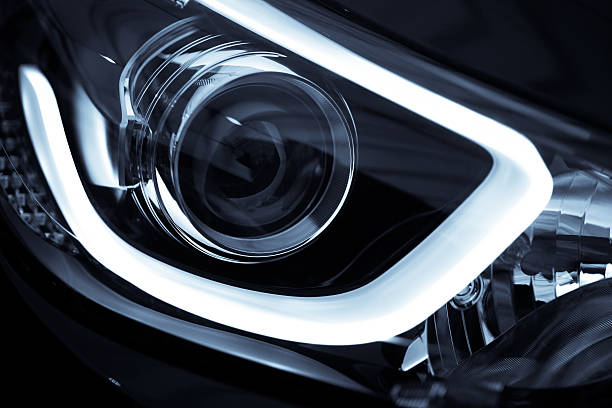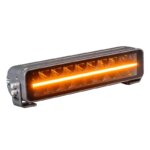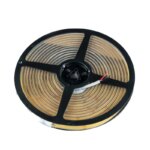
Fuel savings from LED lighting in cars
It is no secret that the price of fuel has continued to rise steadily in recent years. As motorists, we are constantly looking for ways to reduce our fuel costs and do our part for a more sustainable future. A relatively simple but effective way to do this is to switch to LED lighting in our cars. In this blog, we will discuss the benefits of LED lighting for fuel savings.
It is no secret that the price of fuel has continued to rise steadily in recent years. As motorists, we are constantly looking for ways to reduce our fuel costs and do our part for a more sustainable future. A relatively simple but effective way to do this is to switch to LED lighting in our cars. In this blog, we will discuss the benefits of LED lighting for fuel savings and go deeper into the technical aspects and its impact on our mobility.
Efficiency: LED versus Halogen
One of the most notable advantages of LED lighting over traditional halogen lamps is efficiency. While halogen lamps produce a lot of heat when generating light, LED lamps remain cool. This means much less energy is lost to heat, so more of the electricity is converted directly into light. In other words, LEDs convert more energy into light and waste less energy on heat, resulting in less energy required from your car’s engine.
Less Power Consumption, Less Load on the Alternator
LED bulbs generally require less power than halogen bulbs to produce the same amount of light. This means that your car draws less electricity from the battery, resulting in less fuel consumption. If your car’s engine does not have to work as hard to cover its electrical needs, this will lead to improved fuel efficiency and ultimately lower fuel costs. In addition, LED lighting reduces the load on the alternator, which can extend the life of your car’s electrical system.
Longer Life and Maintenance Saving
Another advantage of LED lighting is its longer life compared to halogen lamps. LED bulbs often last much longer before needing to be replaced, which means you don’t have to buy and install new bulbs as often. This not only saves on replacement lamp costs, but also on labor costs for replacing them, which is beneficial to your wallet and the environment. In addition, LED lights have no moving parts, meaning they are less susceptible to road vibration and shock, making them last even longer.
Start-Stop Systems and Quick Response Time.
Some modern cars are equipped with start-stop systems that shut off the engine when the car is idling, such as at a red traffic light. LED lamps play a crucial role in these systems because they turn on immediately without any delay. This minimizes the energy loss caused by repeated engine starts and stops, resulting in noticeable fuel savings. In addition, LED lights are more responsive than halogen lights, which improves road safety by allowing other drivers to see your brake lights earlier.
Aerodynamics and Weight Saving
LED bulbs are generally lighter and more compact than traditional halogen bulbs. Reducing the car’s weight can improve aerodynamics, which in turn can reduce fuel consumption. Every kilogram less weight contributes to fuel efficiency, especially on long trips.
Improved Visibility and Safety
In addition to fuel savings, LED lighting also offers better visibility on the road. LED bulbs produce a brighter and whiter light than halogen bulbs, improving visibility at night and in poor weather conditions. This can help prevent accidents and improve your overall driving experience. A safer driving experience indirectly helps reduce fuel consumption by minimizing accidents and congestion.
In short, switching to LED lighting in your car can not only help save fuel, but also improve your vehicle’s visibility, safety and overall performance. While the initial cost of replacing your lighting may be a bit higher, the long-term benefits will be well worth it. So why not start saving fuel and money today by switching to LED lighting? It’s a small step with big benefits for your wallet and our planet. Moreover, you are contributing to cleaner and more sustainable mobility for the future.

 LED Rückleuchten
LED Rückleuchten LED Umrissleuchten
LED Umrissleuchten LED Begrenzungsleuchten
LED Begrenzungsleuchten LED Leuchtbalk
LED Leuchtbalk LED Rundumleuchte
LED Rundumleuchte LED blitzer
LED blitzer LED Arbeitsscheinwerfer
LED Arbeitsscheinwerfer LED bars
LED bars LED Fernscheinwerfer
LED Fernscheinwerfer LED Hauptscheinwerfer
LED Hauptscheinwerfer LED Innenbeleuchtung
LED Innenbeleuchtung